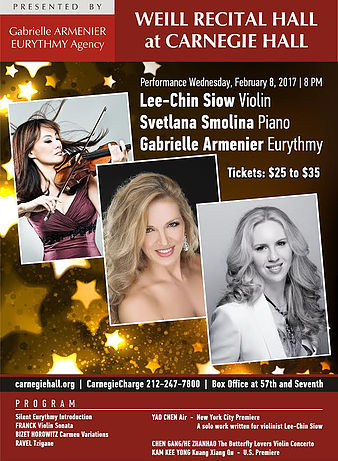First posted on 10-13-14
Revised January 2017
A DETAILED RESEARCH REPORT
BY KATE REESE HURD
ORIGINALLY SUBMITTED IN HONOR OF MICHAELMAS 2014
READ PDF
In this report, I share the fruits of my re-approach to eurythmy after having put it aside for over two decades. I have been laying a fresh foundation for my artistic activity by means of the intensive speech-work I’ve been doing in response to one of Dr. Rudolf Steiner’s first advices to Lory Maier-Smits, our first eurythmist. He had suggested to her that she write sentences focussing on single vowel sounds. As she recorded it, “I should do speech exercises. Speak sentences which had only one vowel, and observe exactly what was happening in my throat, and this I should then … dance! As an example he wrote: ‘Barbara sass stracks am Abhang’ [Barbara sat directly on the slope].” But it is clear by Lory’s further report that she was not able to find speech sound gestures through doing this. Therefore, Dr. Steiner began to give her suggestions for how to do gestures for the sounds.
However, I have discovered that through following his first advices to her – and with proper preparation – one can in fact feel and find the gesture-impulses of the sounds directly and with ever-greater definition and certainty. This applies to all of the speech sounds, both vowels and consonants. This report shares in detail my unfoldment of this work and the magnificent treasure that has emerged from it. A secure foundation for the work of speech eurythmy can be laid “from within” – just as The Eurythmy Meditation directs us to do. Dependence on mental imagery and being shown how to do gestures can be eliminated through firsthand perception and cognition of the speech sound gesture-impulses in the way I describe, as objective facts.
As a graduated eurythmist, I taught lay speech eurythmy; but although I knew that I was a good teacher, I wasn’t able to embody eurythmy at all well enough to command the respect for it that I felt it deserves. I set it aside. Two questions ached in me all these years: What is missing here? And even if I knew what is missing, what would satisfy that need? I always carried the idea that if eurythmy was lost we could find it again. Since the ‘eurythmizing’ of our own larynx is what we are supposed to lead over into the movement of our limbs, we would always have the means of recovering eurythmy from within and of discovering ever-fresh possibilities. My recent work confirms this. Everything we need can be found from within.
This report is firstly for eurythmists, but what I reveal provides speech artists with the means to seek and find a fresh foundation for their work, too. I invite you all into the effort! Speakers might also want to see my article on poetic recitation, “Etheric Bodies are Moving to the Speech Sound Etudes,” in the Spring 2016 EANA Newsletter. A revised version of it with an enlarged log of the poems I have presented so far – along with their respective sound-moods which I evoke through speaking etudes – is contained in my booklet, A Quartet of Articles on Eurythmy and Speech-Work.

